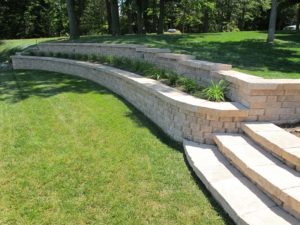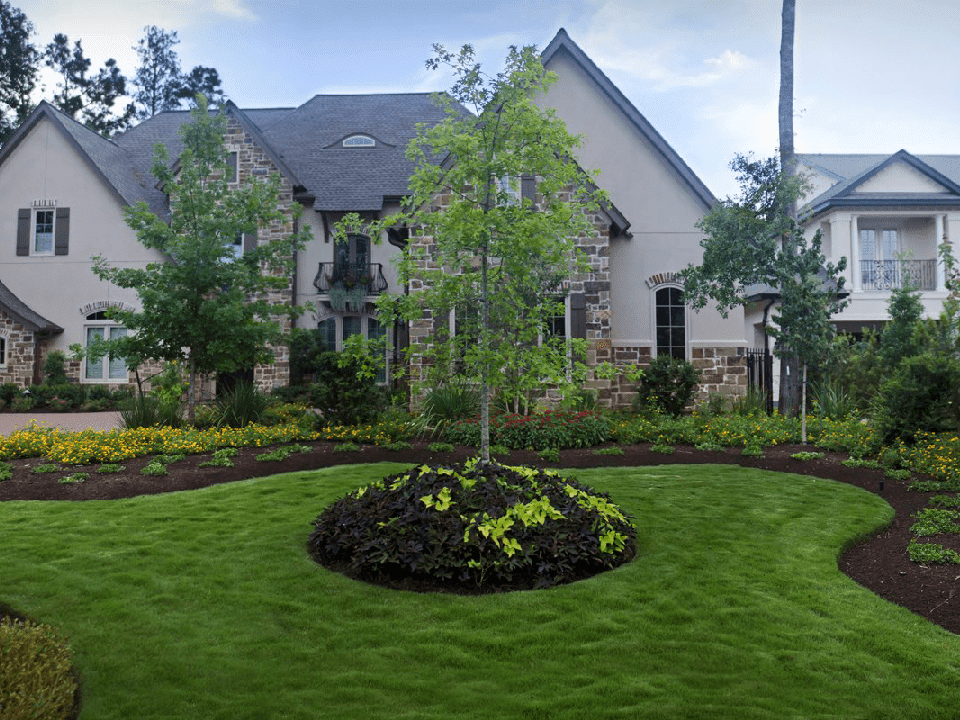Unknown Facts About Hilton Head Landscapes
Unknown Facts About Hilton Head Landscapes
Blog Article
The Main Principles Of Hilton Head Landscapes
Table of ContentsHow Hilton Head Landscapes can Save You Time, Stress, and Money.How Hilton Head Landscapes can Save You Time, Stress, and Money.How Hilton Head Landscapes can Save You Time, Stress, and Money.10 Easy Facts About Hilton Head Landscapes ShownHilton Head Landscapes - TruthsThe Hilton Head Landscapes DiariesThe Greatest Guide To Hilton Head Landscapes
Line creates all forms and patterns and can be used in a range of methods the landscape. Line in the landscape is developed by the side in between 2 materials, the synopsis or shape of a type, or a long linear feature. Lines are an effective tool for the designer because they can be used to produce a boundless variety of forms and kinds, and they regulate motion of the eye and the body.

Lines can have several characteristics, such as those defined below, yet they usually offer different objectives. Number 1. Lines in the landscape - landscapers hilton head island. The residential properties of lines determine just how people reply to the landscape, both psychologically and literally. Straight lines are architectural and forceful; they develop a formal personality, are generally connected with an in proportion style, and lead the eye straight to a focal point.
Our Hilton Head Landscapes Diaries
Bent lines produce a casual, all-natural, unwinded personality that is linked much more with nature and unbalanced equilibrium. Bent lines relocate the eye at a slower rate and add mystery to the area by producing surprise sights.
Vertical lines in the landscape include tall, slim plant material, such as trees, or high structures, such as an arbor or a bird house on a post. Horizontal lines relocate the eye along the ground plane and can make a room really feel larger. Reduced lines are extra suppressed and produce a sensation of rest or repose.
Getting My Hilton Head Landscapes To Work
Low lines are produced by low yard wall surfaces, pathways, and short hedges. Lines are utilized to draw forms on a strategy. In strategy view, they specify plant beds and hardscape areas. Lines are additionally created by the upright kinds of built attributes and plant product. There are 3 primary line types that develop form in the landscape: bedlines, hardscape lines, and plant lines.
Bedlines connect plant material to your home and hardscape since the eye follows the line, relocating the look via the landscape. Hardscape lines are produced by the side of the hardscape, which defines the built structure. Line can also be produced by lengthy and narrow products, such as a fence or wall surface.
Fascination About Hilton Head Landscapes
Kind is discovered in both hardscape and plants, and it is usually the dominant aesthetic component that spatially organizes the landscape and frequently establishes the design of the yard. The type of frameworks, plant beds, and garden ornaments also identifies the general type motif of the yard. Formal, geometric kinds consist of circles, squares, and polygons.
Plants produce type in the garden via their outlines or silhouettes, but form can also be defined by a space or adverse space between plants - landscapers in bluffton sc (https://www.anyflip.com/homepage/laavm#About). Circles can be cycles, or they can be separated into fifty percent circles or circle sections and combined with lines official source to produce arcs and tangents
Some Known Questions About Hilton Head Landscapes.
Circles can likewise be extended into ovals and ellipses for even more selection and rate of interest. Circles are a strong layout type since the eye is always drawn to the facility, which can be made use of to highlight a prime focus or connect various other forms. Figure 2. Circular kinds in hardscape and yard panels.
The square kind can additionally be segmented and pre-owned repetitively to produce a grid pattern. Unlike circles, squares are more powerful on the brink, which can be lined up or overlapped to develop one-of-a-kind patterns and more intricate kinds. Polygons are many-sided kinds with straight sides. Triangles, for example, are three-sided polygons.
Twisting lines usually simulate the all-natural program of rivers or streams and can be explained as smooth lines with deeply bent undulations. Twisting lines (Figure 3) function well for paths, plant bedlines, and completely dry stream beds. Meandering lines can include passion and mystery to a garden by leading viewers around corners to uncover brand-new sights and areas.
Hilton Head Landscapes - The Facts

Number 5. Fragmented sides: stepping stones in path. Form is the most enduring top quality of a plant (hilton head landscapers). https://www.metal-archives.com/users/h1tnhdlndscps. Usual plant types are well established and standardized, as type is the most regular and well-known feature of plants. Type can likewise be developed with the massing of plants, where the general mass develops a various kind than an individual plant.
A highly contrasting type has to be used with careone or 2 work well as a centerpiece, however way too many wreak havoc. All-natural plant kinds, instead than over-trimmed kinds, must establish the mass of the composition. The importance of total form is essentially dependent on the watching perspectivethe type of a tree can appear rather different to a person standing under the cover versus viewing the tree from a range in an open area.
Things about Hilton Head Landscapes
Plant kinds likewise produce and specify deep space or open spaces in between the plants, developing either convex or concave types in deep spaces. High-arching tree branches normally develop a concave open room under the branches, and a rounded cover with reduced branches fills up the room to produce a convex form outdoors area under the tree.

Report this page